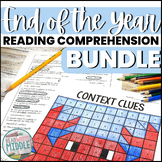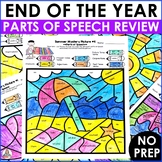Adult education english language arts homeschool curricula for Easel Activities
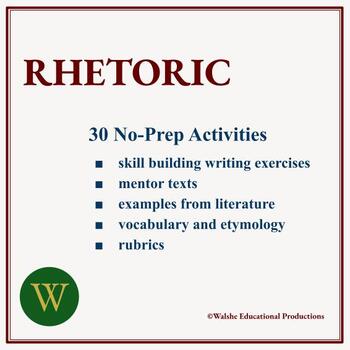
Thirty Rhetoric Lessons
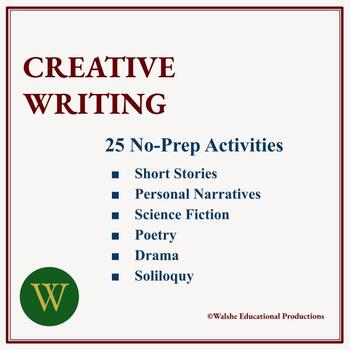
Twenty-five Creative Writing Lessons

How People Around The World Eat Pizza. Geography. Cooking. Video Lesson.

Twenty-five Writing Practice Lessons
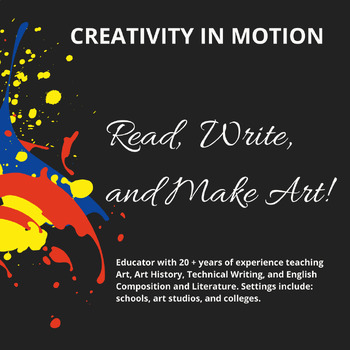
Let's Go to the Theater: Summary and Critique

L.IL.1 GREETINGS / ESL / SIGN LANGUAGE AWARENESS DAY (Class Video Included)
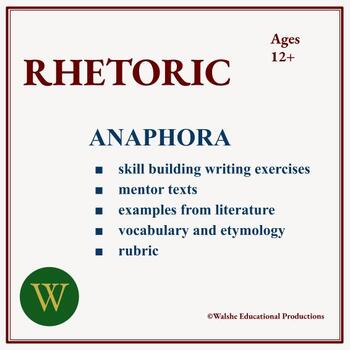
Rhetoric Lesson One: Anaphora
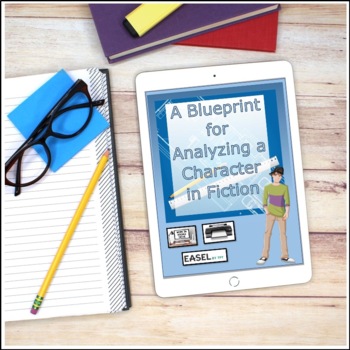
Analyzing a Fictional Character Writing Activity | Print| Google| Easel
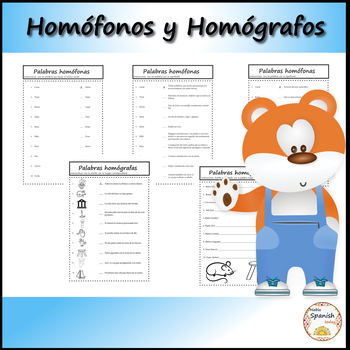
Homógrafos y Homófonos - Homographs & Homophones
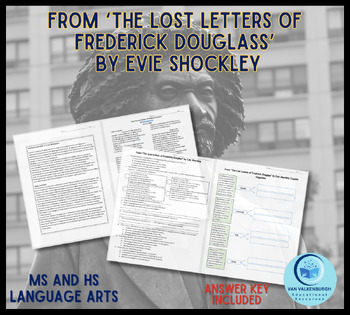
From ‘The Lost Letters of Frederick Douglass’ by Evie Shockley Worksheet
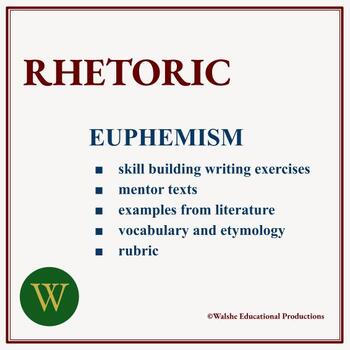
Rhetoric Lesson Twenty-three: Euphemism
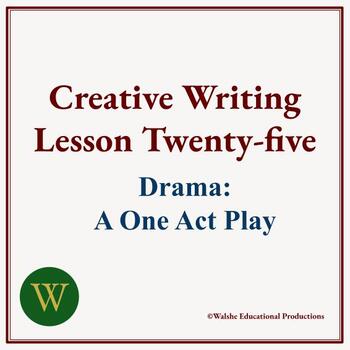
Creative Writing Lesson Twenty-five: Drama, A One Act Play

Analyzing Rhetorical Appeals used in "Enemies from Within" by Joseph McCarthy

Writing Practice Lesson Twenty-three: Epistolary Fiction
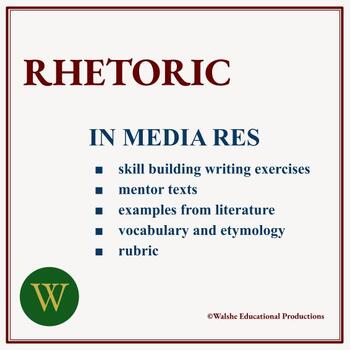
Rhetoric Lesson Twenty-five: In Media Res
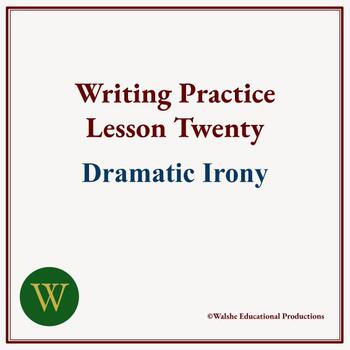
Writing Practice Lesson Twenty: Dramatic Irony
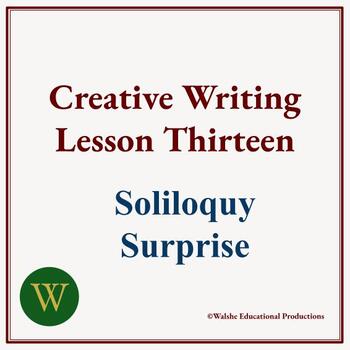
Creative Writing Lesson Thirteen: Soliloquy Surprise

Writing Practice Lesson Twenty-five: Old English Poetry, Write Like A Scop
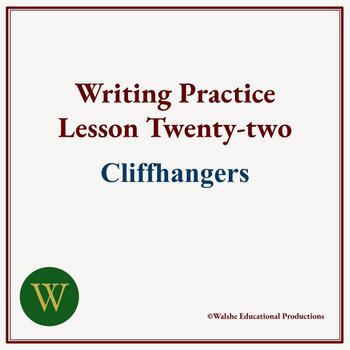
Writing Practice Lesson Twenty-two: Cliffhangers
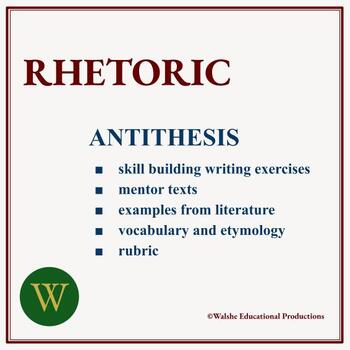
Rhetoric Lesson Twenty-six: Antithesis

Writing Practice Lesson Twenty-one: Historical Fiction
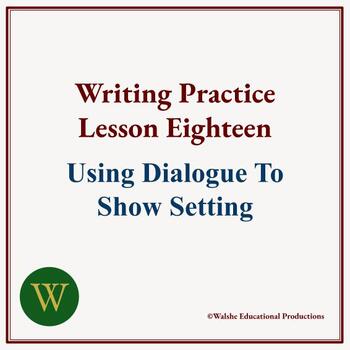
Writing Practice Lesson Eighteen: Using Dialogue To Show Setting

Creative Writing Lesson Twenty-one: Poetry, Haiku, Spring

Writing Practice Lesson Sixteen: No Need To Say "Said"
Find English Language Arts resources | TPT
Importance of learning English language arts
English language arts (ELA) concepts — reading, writing, listening, and speaking — empower students to become effective communicators, critical thinkers, and lifelong learners. They are the foundation for all other types of learning as students must rely on ELA skills to master content from other subject areas and communicate what they’ve learned.
Strong reading skills can help students make sense of written content, and gather information for further analysis. Writing skills can help students articulate their ideas, construct arguments, and synthesize information. And speaking and listening skills empower students to clearly present their ideas, participate in group discussions, and collaborate with their classmates. This is why teaching English language arts is critically important for student’s success in school and beyond.
Benefits of learning English language arts
Learning English language arts offers many benefits to students both in school and beyond. It helps students:
- Develop effective communication skills
- Build critical thinking and analytical skills
- Nurture their creativity and imagination
By ensuring that students have a solid foundation in English language arts, teachers can help set them up for future success.
Discover printable and digital English language arts resources
On TPT, English language arts resources come in various forms: from interactive notebooks and task cards to small-group activities and individual worksheets. They can be used to enhance learning, assess a student’s mastery of ELA concepts, or to reteach a tricky concept. By incorporating ELA resources from TPT into your teaching toolbox, you can create an engaging learning experience that strengthens students’ understanding of ELA concepts.
If you’re a teacher or parent looking for printable and digital English language arts worksheets, TPT has an extensive collection of resources across topics and grade levels. No matter what ELA topic your students are working on — whether you’re teaching the parts of speech to 1st graders or argumentative essay writing to 10th graders — TPT has instructional materials that are designed to help with any ELA learning need. With plenty of TPT resources at your fingertips, teaching and learning ELA will be so much easier.
Frequently asked questions about teaching English language arts
What types of English language arts lessons are available on TPT?
There are many different types of English language arts resources sold by Sellers on TPT. Some popular ELA lessons include reading, writing, phonics, vocabulary, spelling, and creative writing.
How do I find English language arts lessons on TPT?
Educators can save time preparing English language arts lessons with resources created by experienced teachers. Simply start a search for ELA resources on the TPT marketplace, and filter by grade level, price, and/or resource type to find materials that've been proven to work in classrooms like yours. No matter what you’re teaching, there are plenty of ELA lessons and activities sold by Sellers on TPT that are tailored to meet your students' skill levels.
How can I make my English language arts lessons fun and engaging?
Students learn best when they're engaged! Sprinkle a little fun into your English Language Arts lessons by using manipulatives, pairing unusual texts like poems and short films together, or doing an escape room activity.


